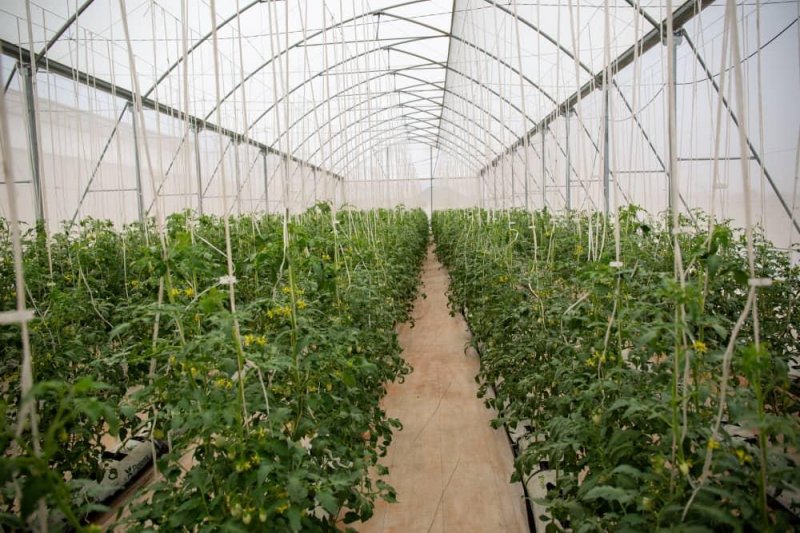Accra (G/A), June 4, GNA – The Wageningen University and Research, a Netherlands based Research institution has provided data on safe and accessible greenhouse production in Ghana, as part of measures to improve on protected horticulture.


The Fresh Green Ghana Project, being implemented is funded by the Foods and Business Applied Research Fund of the Netherlands Organization for Scientific Research (NWO).
This was contained in an annual report by the Foods and Business Applied Research Fund (ARF).
The three-year duration project sought to obtain insights in the roles of the youth and gender in greenhouse production systems and make recommendations for improvement.
Perennial shortage of fresh fruits and vegetables which results in high prices, as result of the failure of open field production informed the research on the Fresh Green Ghana Project.
It was aimed at improving all-year availability of affordable, safe fresh vegetables for the poor, modernising the protected cultivation sector and improving supply chains for the urban poor.
Installed sensors in the Safisana, Agri-Impact, Premium vegetables and Urban Jungle greenhouses, being the participation farms provided data, which was scientifically collected on climate, production, pest and disease incidences and was further interpreted to find out what contributed positively or negatively to production.
Key observation made by the project was that there were no systematic differences between the locations in Ghana, and so, the use of diffused plastic with good UV-protection in greenhouses was a good choice.
Air temperature outside participating greenhouses in the hills North of Accra were found to have been 2-3 degrees lower than sea level, considered as important, if growth conditions get critical.
It however recommended that farms be adjusted to appropriate dimensions, plastics be diffused to reduce direct radiation levels and improve light distribution over canopy depth, which improves crop photosynthesis rate.
It further recommended that cooling should be done through natural ventilation, fogging and pad and pan forced cooling, for relatively large greenhouses.
The report indicated that compared to few years ago, farmers and suppliers appeared more realistic hence, the greenhouse sector thrived and had much potential. However, it observed, there was need for additional experiences to make it better.
The Fresh Green Ghana project’s findings and recommendations had been presented at conferences that brought together farmers, marketers and other key players in the greenhouse production chain.